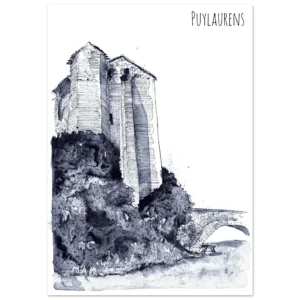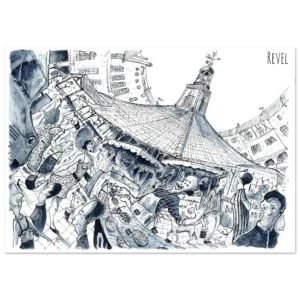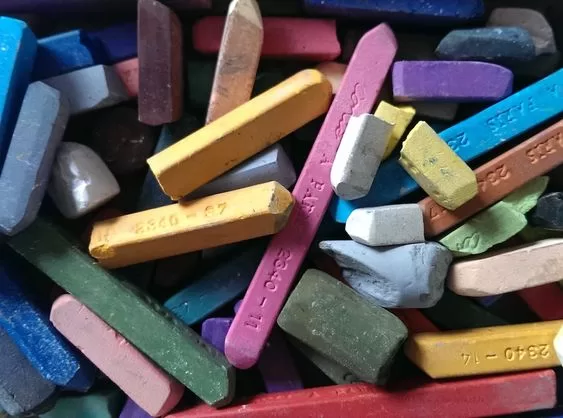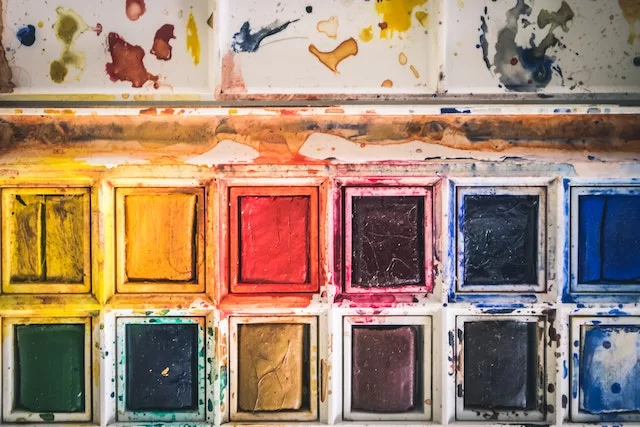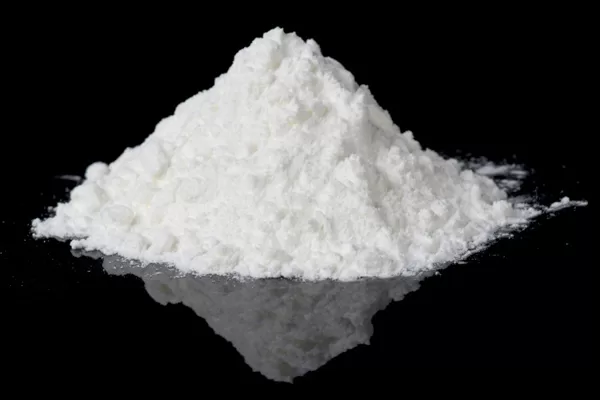How to make gaude lacquer?

What is gaude?
Gaude, also known as dyer's reseda or yellow reseda, is a biennial plant widespread in Western and Southern Europe. It was widely used in the dyeing industry for its color fastness, earning it the title of "grand teint" dye in the 18th century. Gaude's coloring substance is luteolin or luteolol, a chemical compound of the flavonoid family, present throughout the plant.
A short history of gaude lacquer

Recipe
30h00
difficult
High
IMPORTANT
Work in a well-ventilated area and wear gloves when handling alum.
Use clean utensils and containers to avoid contamination.
Ingredients
- Gaude without the roots
- 800 ml demineralized water
- 40 g alum dissolved in 150 ml hot distilled water
- 20 g Blanc de Meudon
Utensils

1 glass plate
A plate will do too

1 pissette
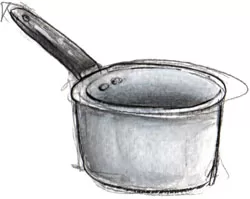
1 saucepan

1 funnel
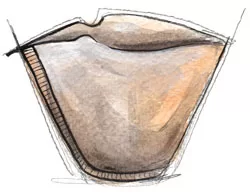
Paper coffee filters
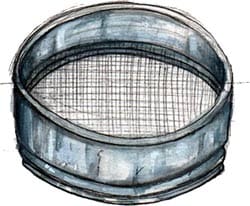
1 sieve

1 mortar

1 spatula
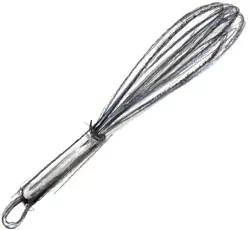
1 whisk
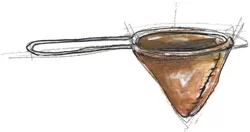
1 fabric filter
Or a stamen
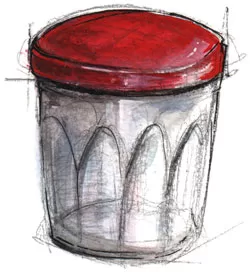
1 jar with lid
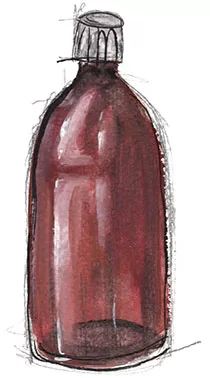
2 large glass bottles

3 containers
Like salad bowls, for example
Preparation
Step 1
- Cut the gaude plant into small pieces to facilitate pigment extraction.
Step 2
- Place the gaude pieces in a clean container.
- Cover completely with demineralized water.
- Leave to macerate for 24 hours.
Step 3
- After maceration, heat the mixture in the saucepan at 70°C for 15 minutes .
- Keep an eye on the temperature to avoid overheating, which could degrade future pigments.
- Add a littledemineralized water to restore the pre-cooking level.
Step 4
- First filter the mixture by pouring it through a sieve into a clean container to remove any larger residues.
- Then pour the liquid into a new container, using a cloth filter (or cheesecloth) to obtain clear, impurity-free juice.
Step 5
- Add thealum dissolved in hot water to the filtered juice.
- Blend.
Step 6
- Gradually add blanc de Meudon (calcium carbonate), stirring gently with a whisk.
- The mixture will foam and react with the alum to form a precipitate.
Stage 7: Settling
- Leave the mixture to stand for a few hours to allow all the precipitate to settle to the bottom of the container.
Step 8
- Prepare a clean bottle and place a funnel with a paper coffee filter on top.
- Gently pour the mixture through the coffee filter.
- Wait until the mixture has been thoroughly filtered and only a sort of paste remains at the bottom of the filter before moving on to the next step. This pigment paste at the bottom of the filter is gaude lacquer.
Depending on the amount of lacquer formed, you may need to use an additional bottle with a funnel fitted with a coffee filter.
Step 9
- After this initial filtration, fill the bowl with very hot water and thoroughly rinse the edges of the coffee filter to loosen and draw down any pigments remaining on the walls. This step removes the last impurities.
- Repeat this process twice, then filter again.
Step 10
- Once all the water has been filtered out, gently open the coffee filter, tearing off the glue and preserving the pigment paste inside.
- Using a spatula, spread the dough onto a glass plate.
Step 11
- Leave to air dry until the pigments are completely dry.
- Once dry, remove with a spatula.
Step 12
- Using a mortar and pestle, grind the pigments obtained into a fine powder.
Step 13
- Store the pigments in the jar, away from moisture and light.
Share
And also :

Courses and workshops
During the year, I organize various workshops and courses to learn how to make your own paints.
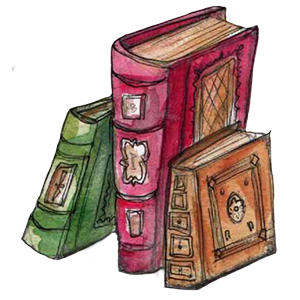
Resources
I've collected websites and books dedicated to making paints, stains, inks and other artistic materials.
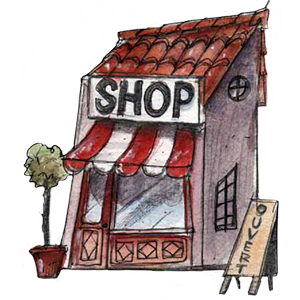
Store
I'm selling some of my creations.
Newsletter
If you sign up, you won't receive any spam from me, just one or two newsletters a month, no more.
- HOME
- ABOUT US
- MY WORKS
- MAKE YOUR OWN PAINTS
- How to make watercolours?
- How to make charcoal easily?
- How to make natural pigments easily?
- How to make dry pastels?
- How do I easily re-tension a canvas?
- How do I make black ink for calligraphy?
- Making lye with wood ash
- Making flour paint
- Making blue pigments with indigo
- Recipe for iron acetate (nail soup)
- Make soda crystals with baking soda.
- Madder lacquer recipe
- Gaude lacquer recipe
- Making gouache
- How to make walnut stain easily?
- How do I make calcium carbonate at home?
- How to make egg paint?
- WORKSHOPS / COURSES
- RESOURCES
- FORUM
- THE SHOP
- CONTACT

